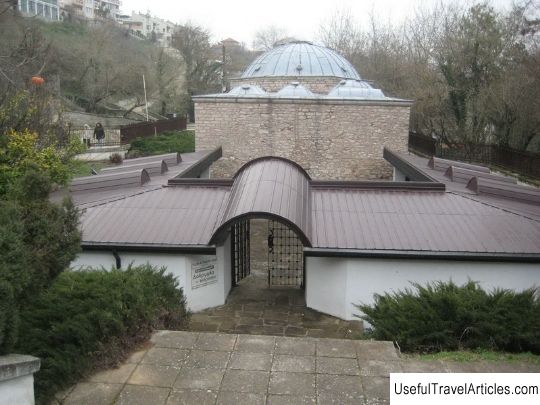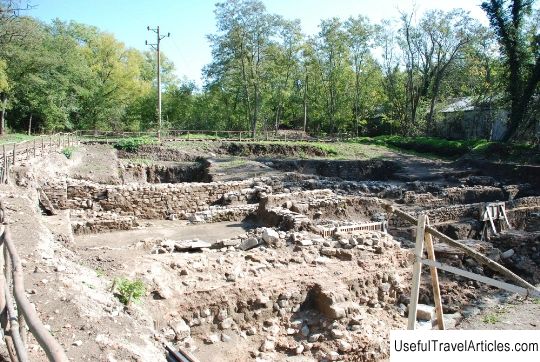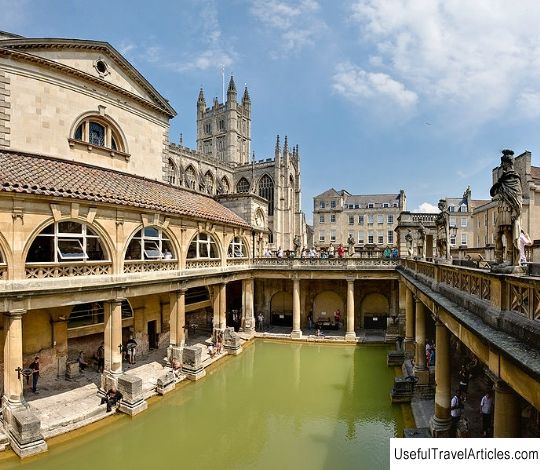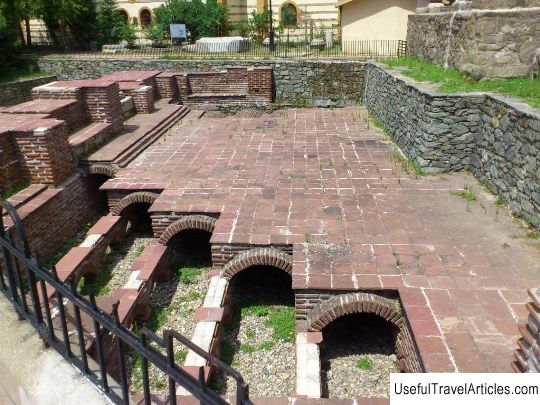Roman Baths (Ostaci rimskih termi Aquae Iasae) description and photos - Croatia: Varazdinske Toplice
Rating: 7,6/10 (189 votes) 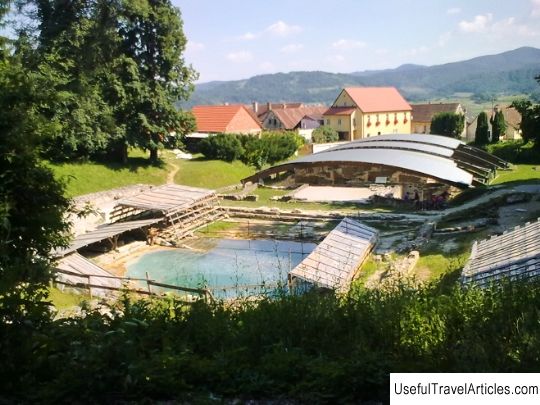
Roman Baths (Ostaci rimskih termi Aquae Iasae) description and photos - Croatia: Varazdinskie Toplice. Detailed information about the attraction. Description, photographs and a map showing the nearest significant objects. The name in English is Ostaci rimskih termi Aquae Iasae. Photo and descriptionThe Roman Baths are a former Roman settlement and baths in the area of the modern town of Varazdinske Toplice. In the III century BC, Illyrian tribes lived here, which gave the name to this settlement. Hot springs became almost a key resource for the ancient inhabitants, as they turned this area not only into a significant medical center, but also important ceremonial, cultural and economic events were held here. But the springs gained the most popularity during the period reign of the Roman Empire from the 1st to the 4th century. The residential part of the Roman settlement was located on the highest point of the hill, where the park and archaeological site are now located. At the end of the 3rd century AD, the Roman baths were ravaged after the invasion of the Goths, however, already at the beginning of the 4th century, the baths were completely restored by Emperor Constantine. After that, the healing springs did not serve people for long - during the Great Migration of Peoples, the resort was completely destroyed. Archaeological excavations and other research in this area started in 1953 with the assistance of the Antiquities Department of the Archaeological Museum in Zagreb. According to the scheme drawn up by scientists based on the results of all the work carried out, the terms consisted of several parts. These included the spa itself, with swimming pools and a basilica, as well as a forum with verandas. A capitol was also discovered with temples to Jupiter, Juno and Minerva. In addition, various household items were found, such as parts of swords, shields, knives, razors, imperial coins, as well as numerous fragments of statues of nymphs. Even the marble floor, which dates back to the 2nd century, is perfectly preserved. But the greatest value is the discovery of a statue of the goddess Minerva with a pedestal, which was discovered in 1967 at the entrance to the temple and dates back to the II century. It is worth noting that the natural sources of thermal water were fenced off with large stone blocks, and until now similar structures known to mankind are found only in England, where there was also a Roman settlement. The ancient Roman architecture has been preserved thanks to natural conditions: the specific composition of the soil allowed scientists to discover these amazing baths almost in their original form.      We also recommend reading Tsisdarakis Mosque description and photos - Greece: Athens Topic: Roman Baths (Ostaci rimskih termi Aquae Iasae) description and photos - Croatia: Varazdinske Toplice. |
